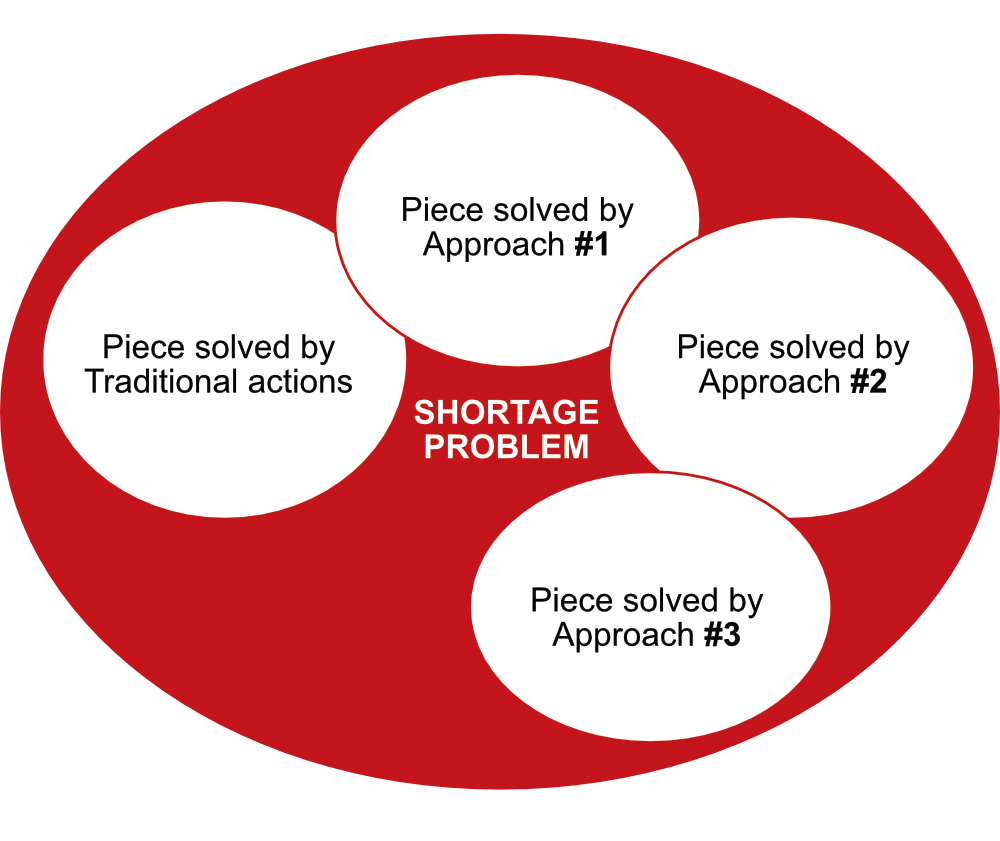How Lytica became a unique analytics company: Part 19
The introduction of semi-autonomous vehicle demand coupled with the already growing smart phone requirements for passive components – particularly MLCC capacitors – has created significant shortage problems for EMS and OEM companies in the last year. This has caused a surge in prices for those lucky enough to secure supply and severe shortages for the less fortunate ones; most component users experience a combination of both. There appears to be an excess of demand over supply of about 15%, maybe more.
SCM Roundtable has a published white papers authored by Di Han of Silecta Inc. which focus on supply problems. In these, she outlines the causes of price increases and shortages and predicts that these problems will be with us for at least another year. Di also outlines how some of the rare raw materials have skyrocketed in cost, further exacerbating the problem.
Component manufacturers are enjoying a rare period of prosperity but are also working to add capacity to alleviate the situation. Some are building factories while others are reconfiguring their factories to build components suitable for high growth markets.
Given that you are faced with this problem that is not going away soon, what can you do to minimize the impact on your company? Also, what can I do with my component information database (created using AI in Lytica’s Advanced Technology Center) to help?
I think there are at least 3 things that we can do. The first you could do on your own, the other two we could do together. I am going to call these the three extreme supply mitigation approaches.

Approach # 1: Do you need all of the MLCCs you are buying?
I have written about this in the past and I will repeat the idea here.
Many circuit designers specify MLCC component use at many IC pins to ensure signal integrity. When signals are sent around boards as pulses representing 1’s and 0’s, they can be distorted. This distortion comes from impedance mismatches along circuit tracks that cause signal alterations to the point where a 1 or a 0 cannot be recognised. Noise is another source of significant distortion. Capacitors used at the IC pins help prevent these distortions and susceptibility to them. As a result, designers stick them in where they are needed and at other pins as a precaution, since MLCC capacitors are small and cheap. Are all of these precautionary MLCCs required? Can your circuit operate effectively without some of them? Designers simulate critical paths with signal integrity modelling and craft their design to make them work using special layout and MLCCs. Other paths are not critical and yet still get an MLCC specified.
It may be fruitful to meet with the design team and see how many MLCCs could be removed from the circuit without impacting its function. This approach could work well in products that have less stringent regulatory approval requirements.
Approach # 2: Do you know where shortage components are being used in your company?
Many companies have grown by acquisition and have disparate systems that don’t talk to each other. Combine this with component numbering systems that work together about as well as Chinese and Arabic characters in an English sentence and you get a horrific lack of visibility as to what you have and need. You could have inventory in one location that could be used in another to avoid a line down situation and not know it. You could be shipping lower value products while higher value ones are constrained.
If Lytica had your shortage list, consisting of your part numbers (CPN), their location and the amount in units of the component shortage, we could assist you in mapping this opportunity (provided you have a recent Freebenchmarking.com Gold Report for us to work with).
We could apply our component duplication savings engine and reference database to find three things:
- MPNs (Manufacturer’s part number) that are on the shortage list from one CPN but exist under another CPN not on the list, indicating a potential internal source of supply.
- MPNs that cross within one CPN but are absent in a shortage problem CPN list where some MPNs are common. These MPNs could be easy qualifications and represent an opportunity for supply. Simple paper studies are often enough to enable qualification in scenarios like this.
- Standard alternate sourcing opportunities based on our duplication savings information could enable access to component supply.
Approach # 3: Can you substitute a tighter tolerance component?
Any application using a 10% tolerance component could use any of five 2% tolerance ones. Likewise, 5% tolerances could be used in 10% applications if you had the decoder ring to tell you which component to source. Qualification of tighter tolerance components in a product should be a simple process in many cases.
Lytica’s technology and tool set, combined with its sister company, Silecta’s hands on service capability, could help using the methods described above.
If you need help, don’t suffer, let us know.
Ken Bradley is the Chairman/CTO & founder of Lytica.inc., a provider of supply chain analytics tools and Siletica Inc., a SCM Operations consultancy.



